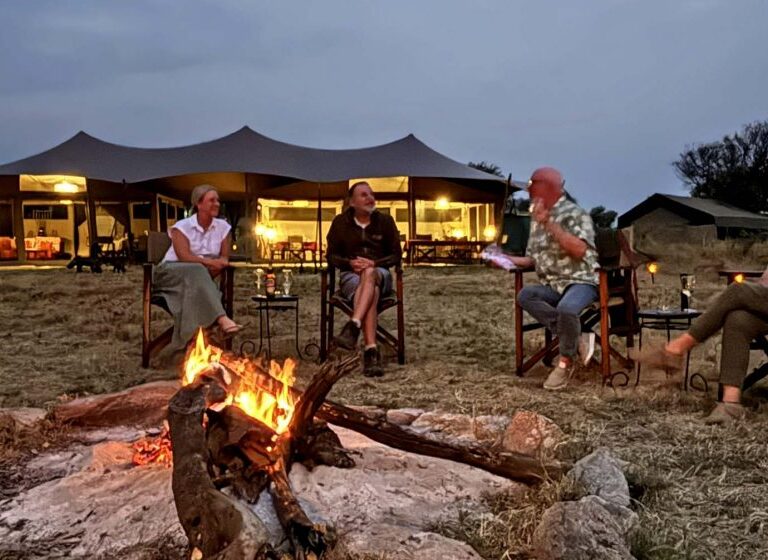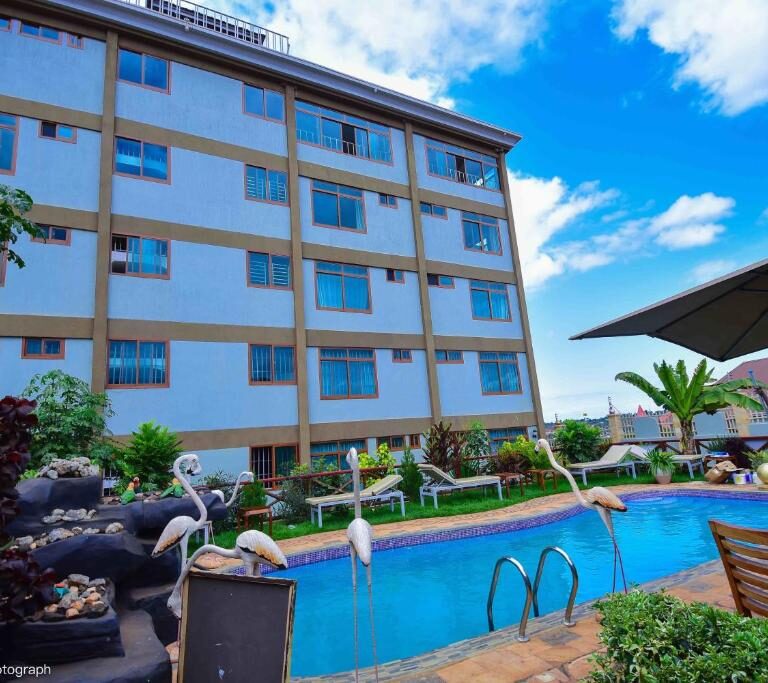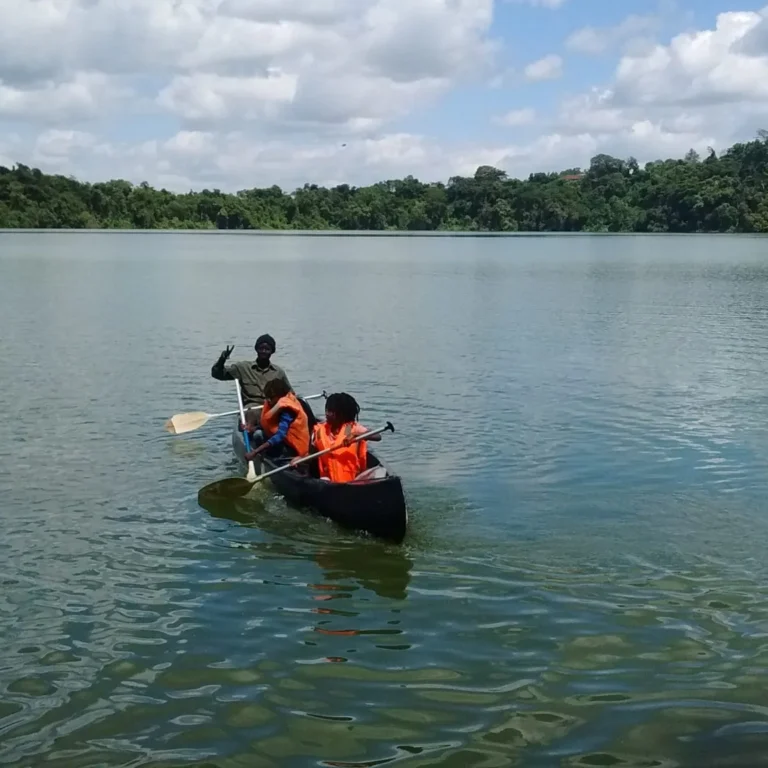Climbing Kilimanjaro - Summit Mount Kilimanjaro Africa
Kilimanjaro, the crown jewel of Tanzania and Africa’s highest peak summits, beckons adventurers with its majestic beauty and the allure of standing atop the “Roof of Africa.” Reaching the 19,341-foot (5,895-meter) summit is a challenging yet rewarding feat, demanding physical and mental resilience alongside a good dose of preparation.
Whether you’re a seasoned trekker or an aspiring mountaineer, understanding the key aspects of this iconic climb is crucial for a successful and unforgettable experience. So, lace up your boots and let’s delve into everything you need to know about conquering Kilimanjaro.
1. Planning Your Ascent: Summit Kilimanjaro
Timing is Key: Choosing the right time to climb is essential. The dry seasons (January-February and July-August) offer sunshine and clear skies, ideal for summit attempts. However, these periods also see larger crowds. Shoulder seasons (March-June and September-October) offer pleasant weather with fewer trekkers, but be prepared for occasional rain showers.
2. Choosing Your Route: Kilimanjaro Summits
Six established routes lead to the summit, each with its own unique character and difficulty level.
Marangu Route: The most popular and easiest, nicknamed the “Coca-Cola” route for its well-maintained huts and accessibility.
Machame Route: Scenic and varied, offering diverse landscapes and a steeper challenge.
Lemosho Route: Less crowded and more remote, traversing the Shira Plateau for stunning views.
Rongai Route: Known for its dramatic volcanic scenery and gradual ascent, ideal for acclimatization.
Northern Circuit Route: The longest and most challenging, offering solitude and pristine wilderness.
Umbwe Route: The shortest and most direct, but also the steepest and most demanding, suited for experienced climbers.
3. Finding the Right Guide: Summiting Mount Kilimanjaro
Partnering with a reputable tour operator and experienced guides is crucial for safety and a smooth experience. They handle logistics, provide porters, ensure proper acclimatization, and offer invaluable local knowledge.
4. Preparing for the Challenge: Kilimanjaro summit hike
Physical Fitness: Kilimanjaro is not a technical climb, but it demands good physical conditioning. Start a training program several months in advance, focusing on cardiovascular endurance and strength training, particularly for your legs and core.
Altitude Acclimatization: Altitude sickness is the biggest threat on Kilimanjaro. Choose a route with a gradual ascent profile and allow enough time for proper acclimatization. Listen to your body, ascend slowly, and drink plenty of water.
Essential Gear: Pack for diverse weather conditions, including warm layers, waterproof clothing, sturdy hiking boots, a good sleeping bag, a headlamp, and a daypack for essentials. Consult your guide or tour operator for a detailed gear list specific to your chosen route and season.
5. The Climb: What to Expect: Reach the summit at Uhuru Peak
Diverse Landscapes: From lush rainforest to stark alpine meadows and volcanic scree, Kilimanjaro offers a breathtaking journey through various ecological zones. Be prepared for dramatic temperature changes and stunning vistas.
Altitude Challenges: Thin air at high altitudes makes breathing difficult and can cause fatigue, headaches, and nausea. Proper acclimatization, hydration, and medication (consult your doctor) are key to mitigating these effects.
Summit Night: A physically and mentally demanding push to the summit, starting in the pre-dawn darkness. It’s a long and cold slog, but the reward of witnessing the sunrise from the highest point in Africa is unparalleled.
6. Tips for Success: Reaching the Kilimanjaro Summit
Listen to your body: Take rest days, ascend slowly, and don’t push yourself to the point of exhaustion.
Stay hydrated: Drink plenty of water and electrolytes to combat altitude sickness.
Fuel your body: Eat nutritious meals and snacks to maintain energy levels.
Embrace the challenge: Focus on the beauty of the surroundings and the sense of accomplishment that awaits you.
Respect the environment: Leave no trace, minimize waste, and be mindful of the delicate mountain ecosystem.
7. Frequently Asked Questions: Kilimanjaro Summit
Planning to conquer Kilimanjaro, the majestic Roof of Africa? Here are some frequently asked questions to help prepare for your epic adventure: By planning ahead and being well-prepared, you can conquer Kilimanjaro and claim your well-deserved place on the “Roof of Africa.”
Do I need climbing experience to climb Kilimanjaro?
No, technical climbing skills are not required. However, good physical fitness and a sense of adventure are essential. Firstly, the main reason people do not make the summit of Kilimanjaro is they are not spending enough time to acclimatize to the lack of oxygen.
How much does it cost to climb Kilimanjaro?
Costs vary depending on the route, operator, and duration of your trek. Expect to pay between $3,000 and $8,000.
What are the risks of climbing Kilimanjaro?
Altitude sickness is the primary concern. Other risks include hypothermia, frostbite, and injuries from falls. Proper preparation and listening to your body can significantly mitigate these risks.
What is the success rate of reaching the summit?
The success rate varies by route, but on average, about 65-75% of climbers reach the summit. Adequate acclimatization, physical fitness, and choosing a suitable route contribute to success. Kilimanjaro · Cross the stunning Shira Plateau · High summit success rate (over 95%) · Good chance of seeing endemic wildlife in the jungle
How long does it take to summit Kilimanjaro?
It takes five to nine days in order to reach the Mount Kilimanjaro Summit and then descend to the finishing point. The more days spent on Mount Kilimanjaro the more likely you will successfully summit, as you will become more acclimatized to the altitude and will be less fatigued.
How many hours a day to climb Kilimanjaro?
The full day is 12 – 14 hours of trekking and covers 11.2 miles/ 18.1km. 1,245m/ 4,084 feet up the mountain from Barafu or 1,095m/ 3,592 feet up from Kosovo Camp to the summit.
Is Kilimanjaro the easiest of the 7 Summits?
Kilimanjaro is very popular with both experienced hikers and first time adventurers because it is considered to be the easiest of the seven summits. Scaling the mountain requires no technical skills or equipment, such as rope, harness, crampons or ice axe.
What is the official summit of Kilimanjaro?
Climbing Kilimanjaro – Summit Mount Kilimanjaro – Mount Kilimanjaro is composed of three distinct volcanic cones: Kibo 19,340 feet (5895 meters); Mawenzi 16,896 feet (5149 m); and Shira 13,000 feet (3962 m). Uhuru Peak is the highest summit on Kibo’s crater rim.








